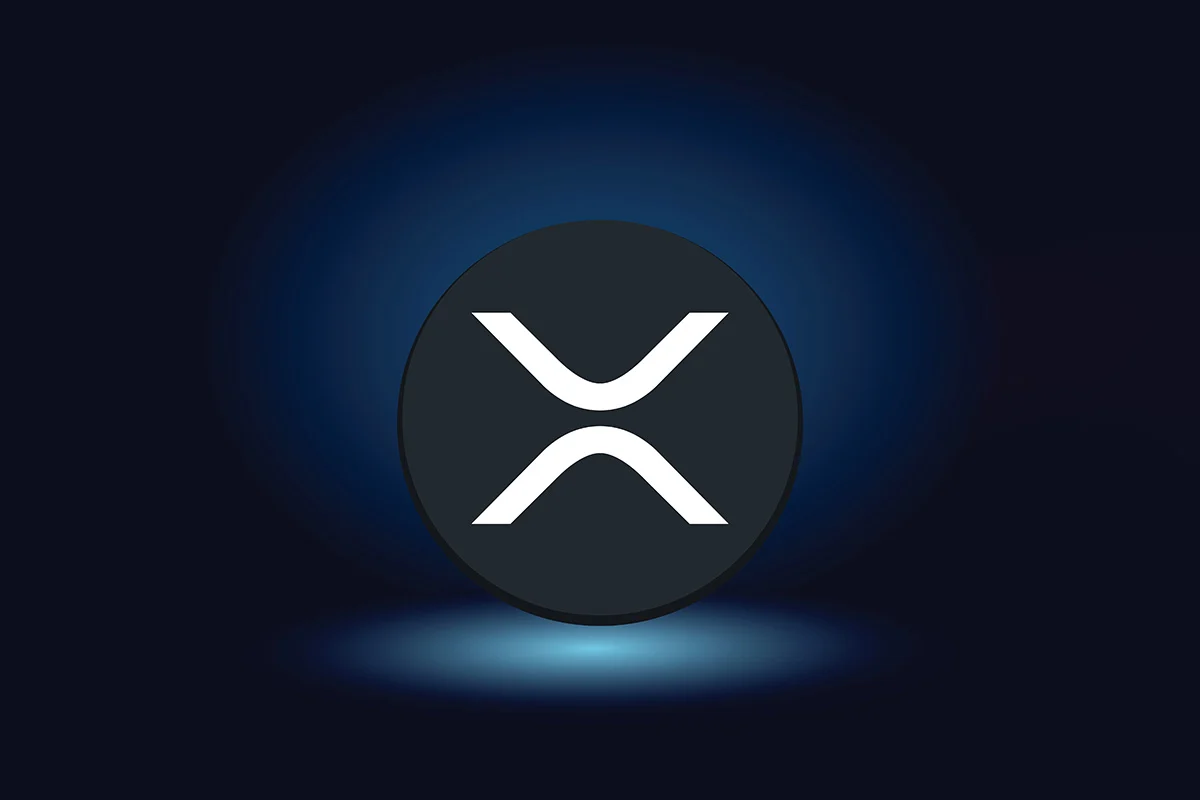Hong Kong Approves First Spot Solana ETF with Trading to Start Soon
TLDR
- ChinaAMC’s Solana ETF is the first spot Solana ETF approved in Hong Kong.
- The ETF will be listed on October 27 and traded in HKD, CNY, and USD.
- The ETF charges a 0.99% annual management fee with 100-share lot sizes.
- OSL Digital Securities provides custody and trading for the ETF.
Hong Kong is set to launch its first spot Solana exchange-traded fund (ETF), marking a major step for crypto investment products in Asia. The ChinaAMC Solana ETF (stock code: 3460) will begin trading on the Hong Kong Stock Exchange on October 27. This move comes as global interest in digital asset ETFs continues to grow and just ahead of similar ETF decisions expected in the United States.
ChinaAMC Receives Approval for Spot Solana ETF
The China Asset Management Company (ChinaAMC) received regulatory approval from Hong Kong’s Securities and Futures Commission (SFC) on October 17. This makes the ChinaAMC Solana ETF the first spot Solana ETF to be approved in the city.
The ETF will offer exposure to the price of Solana (SOL), a blockchain platform known for fast and low-cost transactions. It will be traded in three currencies—Hong Kong dollars, Chinese yuan, and U.S. dollars. Investors will be able to buy and sell shares in trading board lot sizes of 100 units for each currency.
ChinaAMC’s official website confirms that the ETF will be listed on October 27. The company will charge a management fee of 0.99% per year.
Custody and Trading Infrastructure
According to ChinaAMC, BOCI-Prudential Trustee Limited has been appointed as the main custodian for the ETF. The sub-custodian is OSL Digital Securities, which will also act as the virtual asset trading platform provider.
OSL is a licensed digital asset firm in Hong Kong and is known for its institutional-grade crypto trading infrastructure. The use of trusted custodians is intended to meet local regulatory standards and increase investor confidence in crypto-backed investment products.
The ETF structure will allow investors to gain direct exposure to Solana without the need to manage private keys or digital wallets. It also aims to make crypto investing more accessible to traditional investors who prefer regulated financial instruments.
U.S. SEC and Global Market Context
The Hong Kong approval comes as the U.S. Securities and Exchange Commission (SEC) is reviewing similar applications for Solana and other altcoin ETFs. While decisions were expected by early October, the recent U.S. government shutdown caused delays.
JPMorgan analysts estimate that spot Solana ETFs may attract about $1.5 billion in inflows during their first year. This figure is lower than what was seen for Ethereum ETFs, reflecting the different market size and demand.
The simplified listing process for digital asset ETFs in the U.S. has added pressure on other markets to adopt crypto investment products. Hong Kong appears to be positioning itself as a leading hub for regulated crypto ETFs in Asia.
Market Position of Solana and Trading Details
As of the latest data, Solana is trading at $184.2 with a market capitalization of around $100.6 billion. It is one of the top-performing digital assets this year and is often seen as a competitor to Ethereum.
The ChinaAMC Solana ETF is expected to attract interest from retail and institutional investors in Hong Kong. The multi-currency trading option allows broader access for investors from different regions.
The ETF offers a new route for those seeking exposure to Solana through regulated channels. It also marks another step in Hong Kong’s strategy to develop its digital asset market under the oversight of the SFC.
The post Hong Kong Approves First Spot Solana ETF with Trading to Start Soon appeared first on CoinCentral.
You May Also Like

What is Ethereum’s Fusaka Upgrade? Everything You Need to Know

President Trump’s Golden Bitcoin Statue Unveiled in Washington DC to Mixed Reaction ⋆ ZyCrypto
